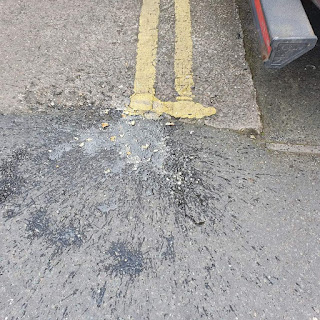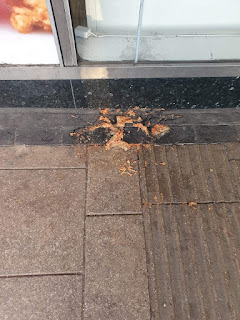I’ve got enough street vomit images to make the 2024 calendar.
If anyone has any more, or if you see some whilst you’re out and about this weekend, send them in to be entered into a competition to win a signed copy of the 2024 Street Vomit calendar.
If I use your pic, you’ll get a picture credit.
Submission deadline: Monday 9th October 23.
Hope that helps.













Comments
Post a Comment